Commercial Flat Roofing Options Explained
There are different types of flat roofing options that prolong the durability of commercial buildings. Further, some materials that roofing services firms use in making these roofs require minimal to no maintenance practices. Are you looking for commercial flat roofing? Here are some options you could consider to save resources and time and get value for your investment.
Built-Up Roofing
According to This Old House, built-up roofing comprises three or more waterproof material layers. Also known as BUR, this roofing material has been in the U.S. market for over 100 years. BUR is a commonly used roofing material ideal for low-slope roofs.
BUR has alternating layers of supporting bitumen and fabric, while the top layer is made of gravel or stone aggregate. It is ideal for flat roofs because it forms a steady, sealed surface. Built-up roofs offer excellent ultra-violet and waterproofing protection. Further, the aggregate top layer makes this roofing material fire-resistant. BUR requires minimal maintenance.
Modified Bitumen Roofing
Modified bitumen roofing comprises two layers or piles of bitumen, a cap sheet, and a base sheet. Roofing service providers can install modified bitumen roofing in four primary ways:
- Hot-applied using hot tar
- Torched down using an open blaze that liquefies two sheets together
- Solvent-based cold-applied glue that doesn't involve the use of heat
- Strip and stick cap and base sheets that self-glue when a release tape is peeled
The top layer or cap sheet appears granulated like the granules on a shingle roof. It is usually light grey.
EPDM Rubber Roof
Rubber roofs are easily recognizable. The roofing services company you choose will install your EPDM rubber roof in two primary methods, which are:
- Glued or adhered down
- Weighted or ballasted down using a large river stone
Adhered-down rubber roofs are black and tightly stretched across a fiberboard or insulation board. On the other hand, large stones or ballast help keep ballasted rubber roofs in place. These roofs are covered in large rocks even though tar isn't used to stick them together to the roof.
Identifying the ideal roof can be difficult with numerous commercial flat roofing options available. However, working with professionals eases the task. Choose a qualified roofing services expert to help you make an informed choice.


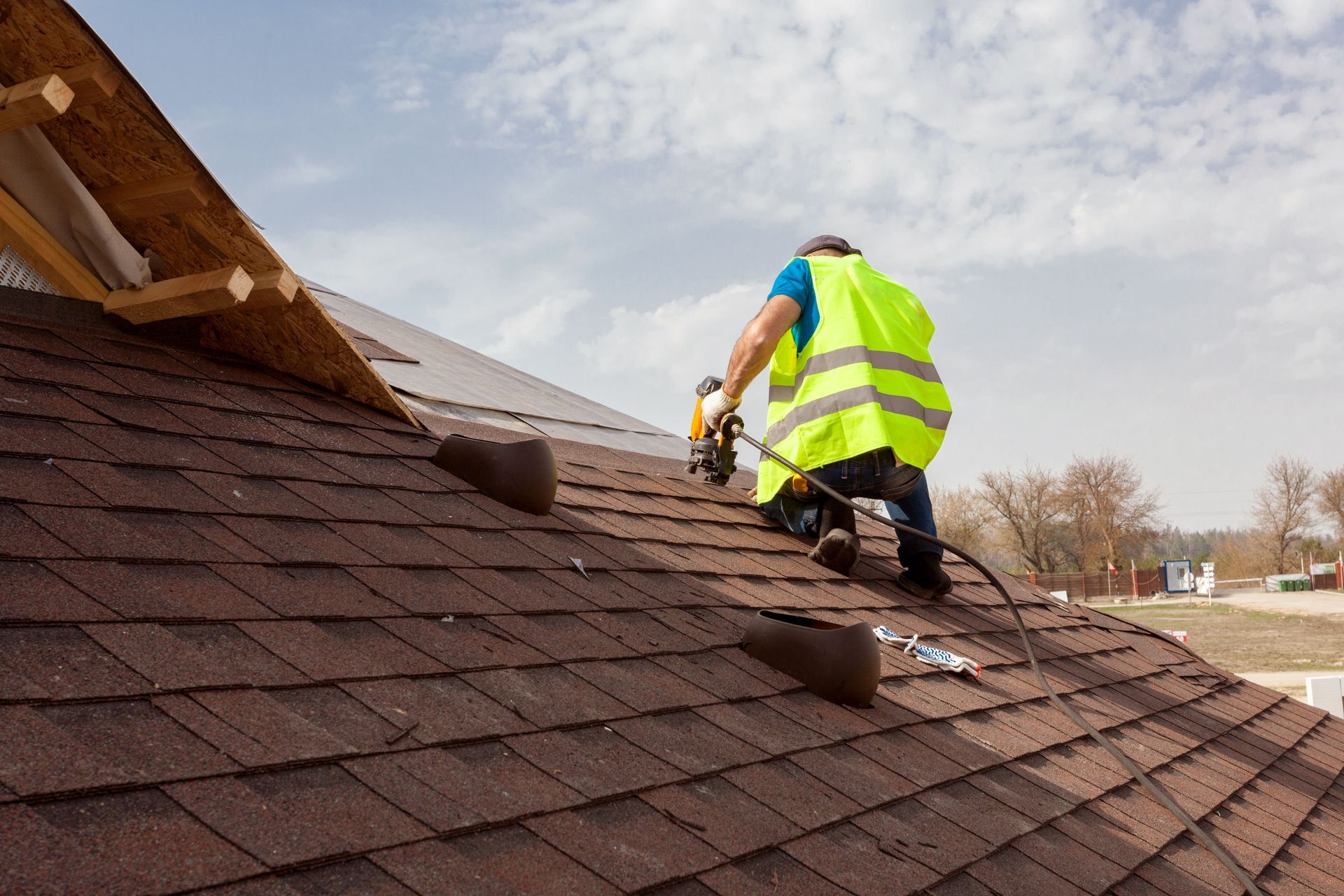
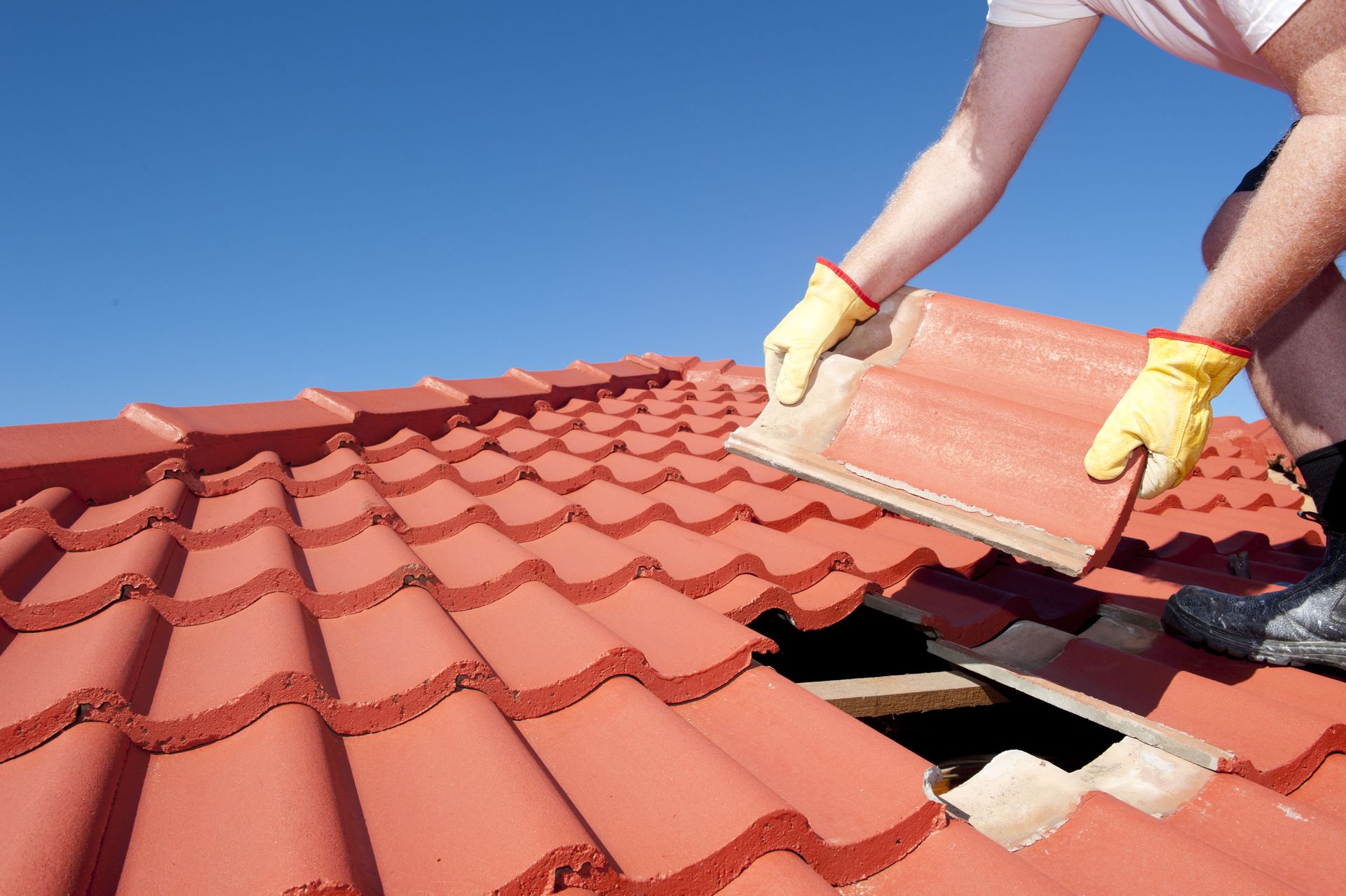
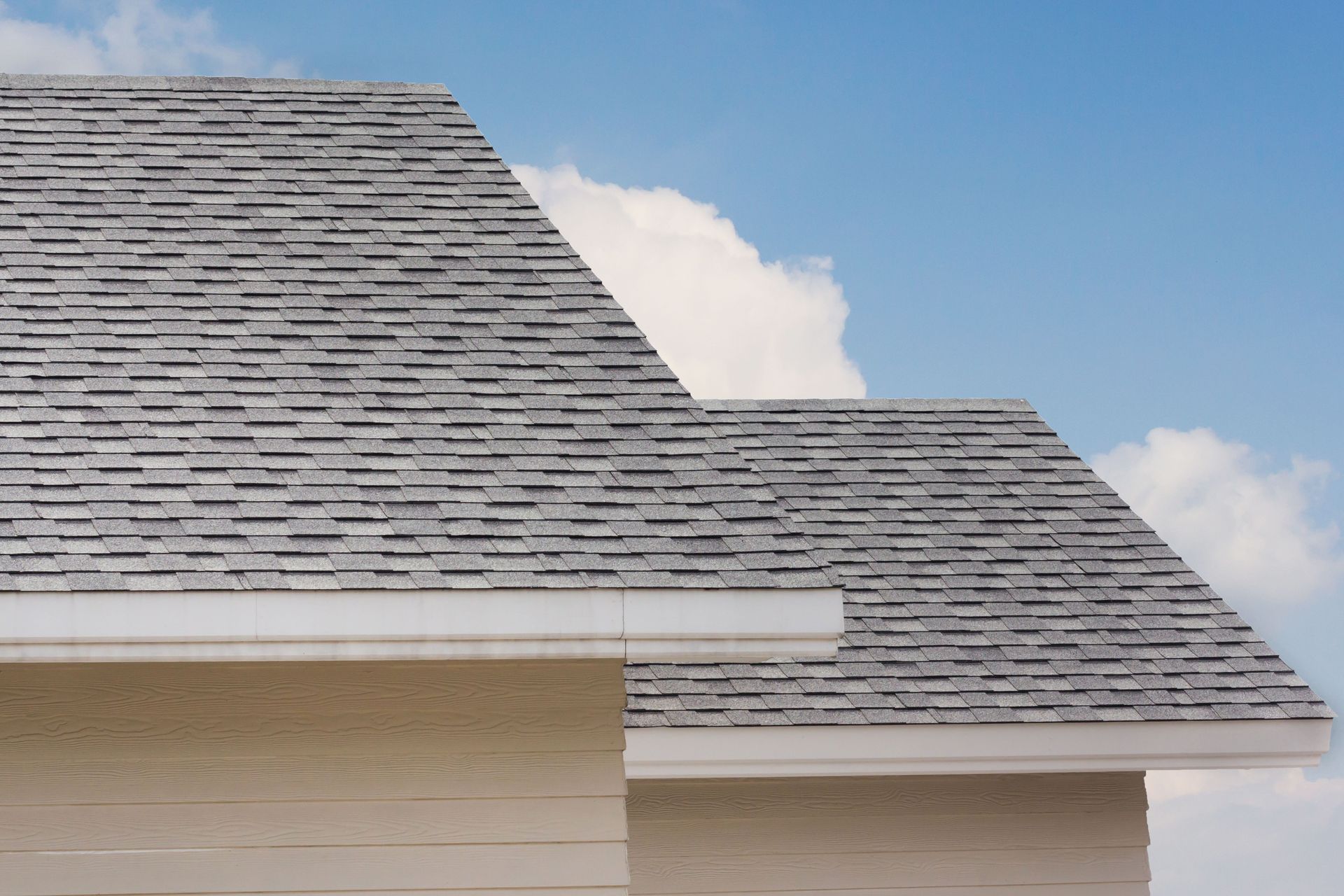
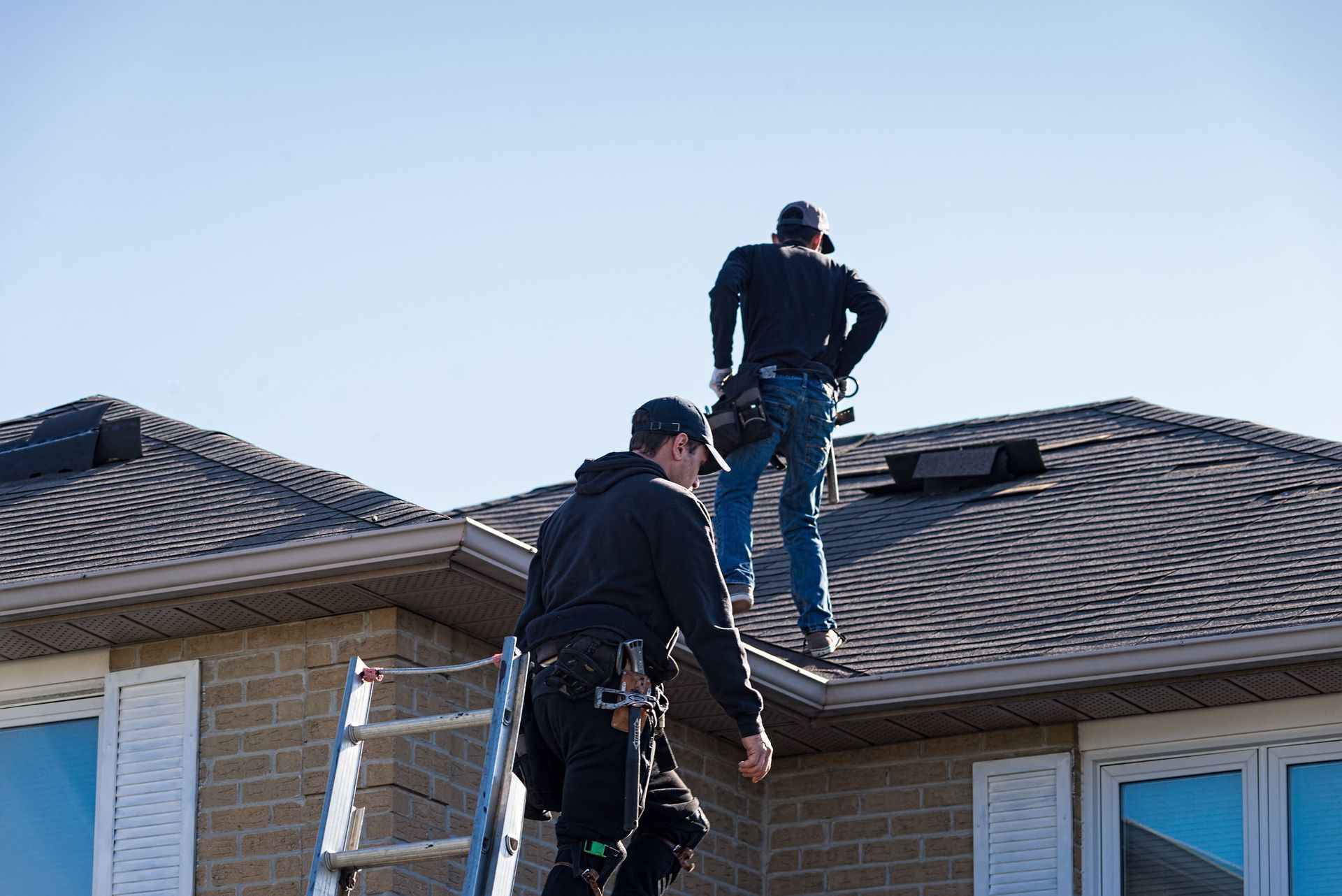
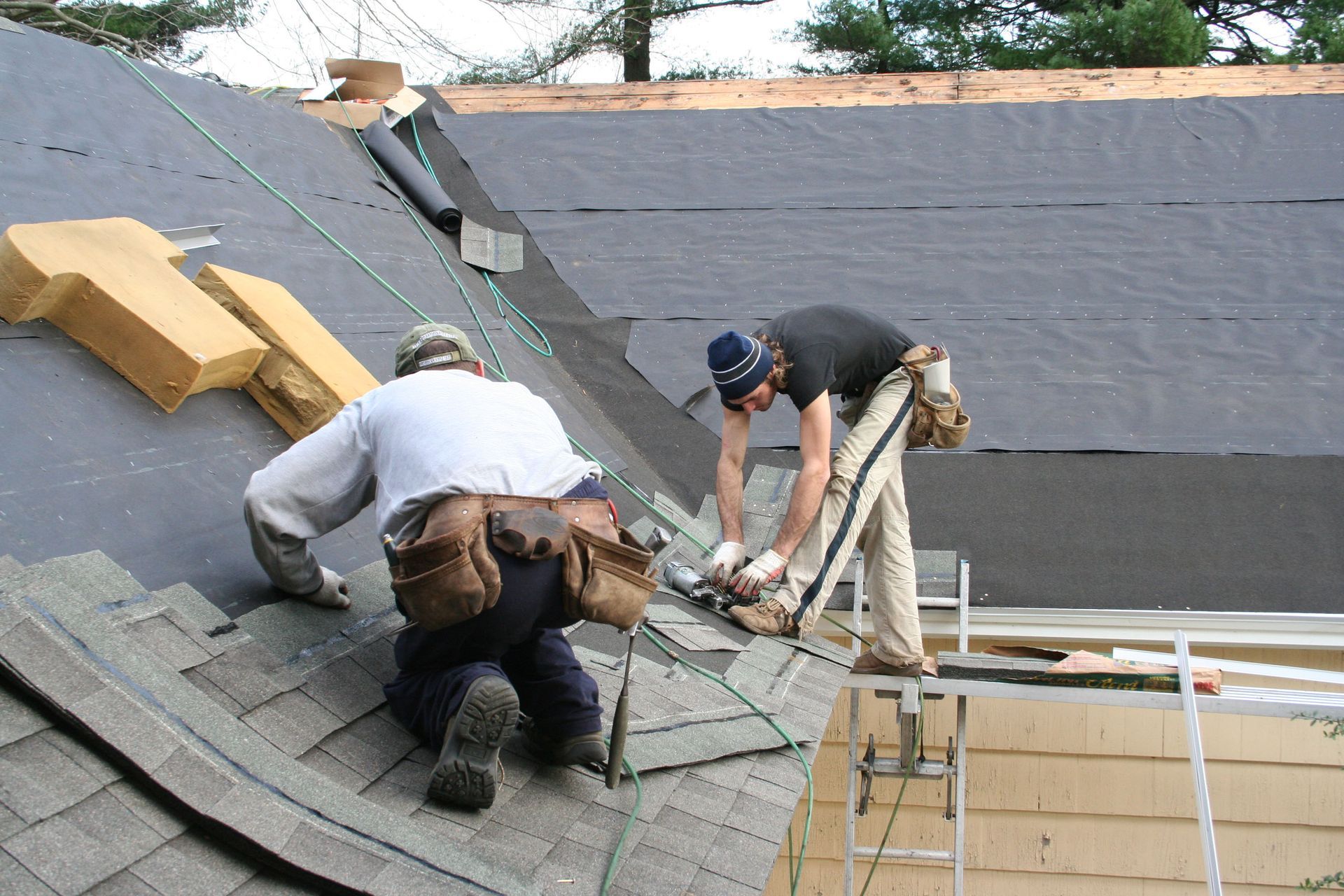

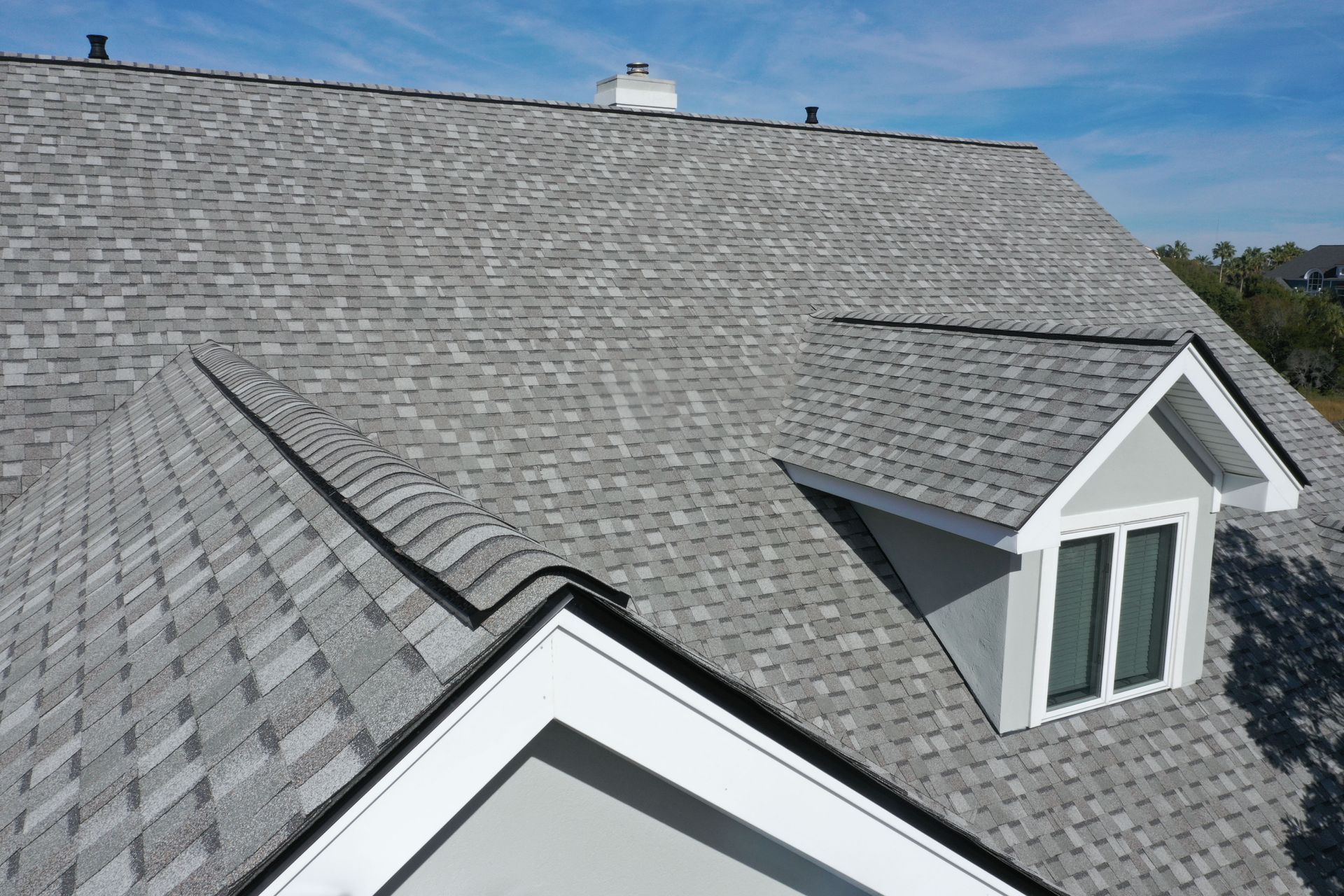
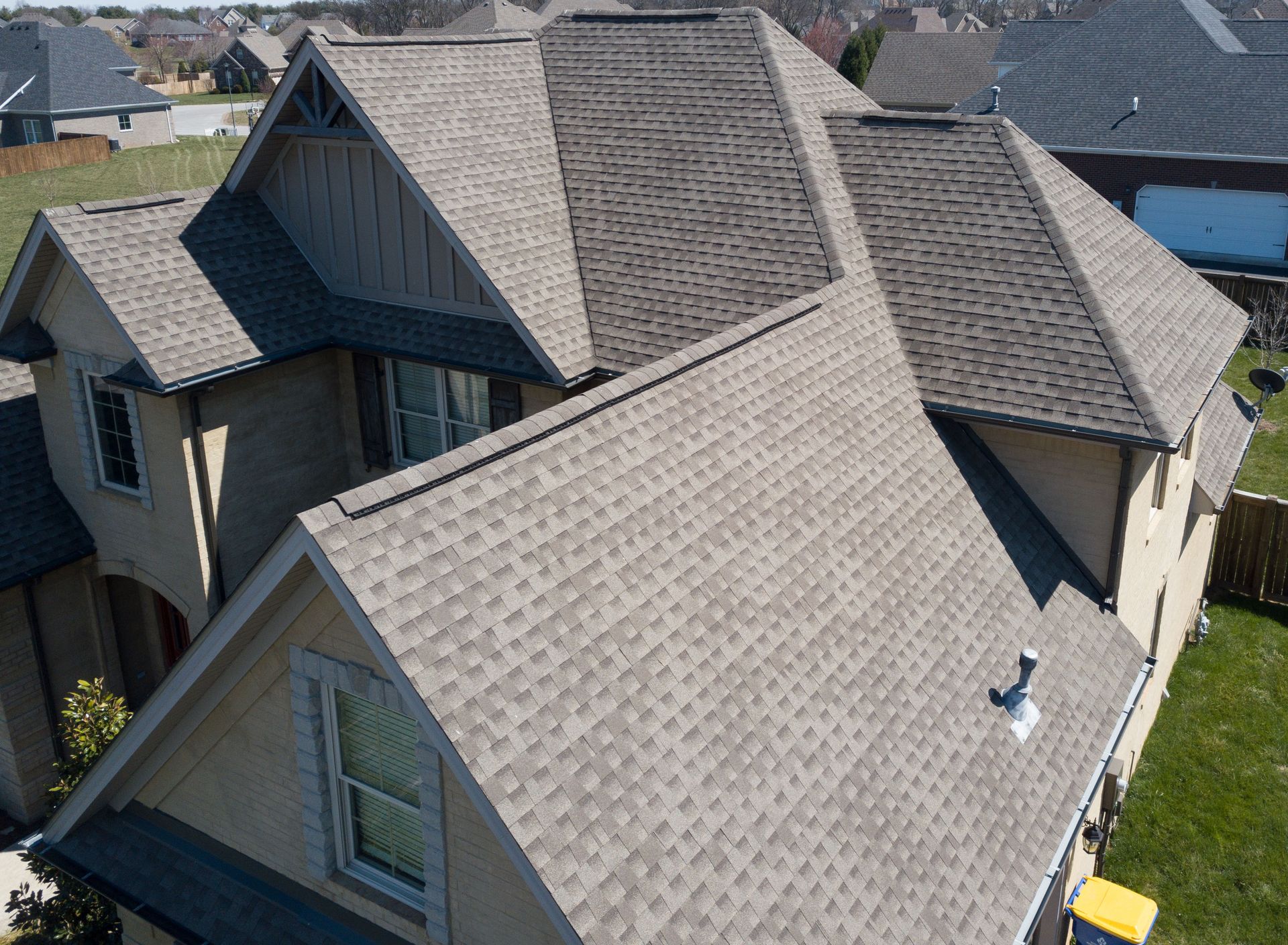
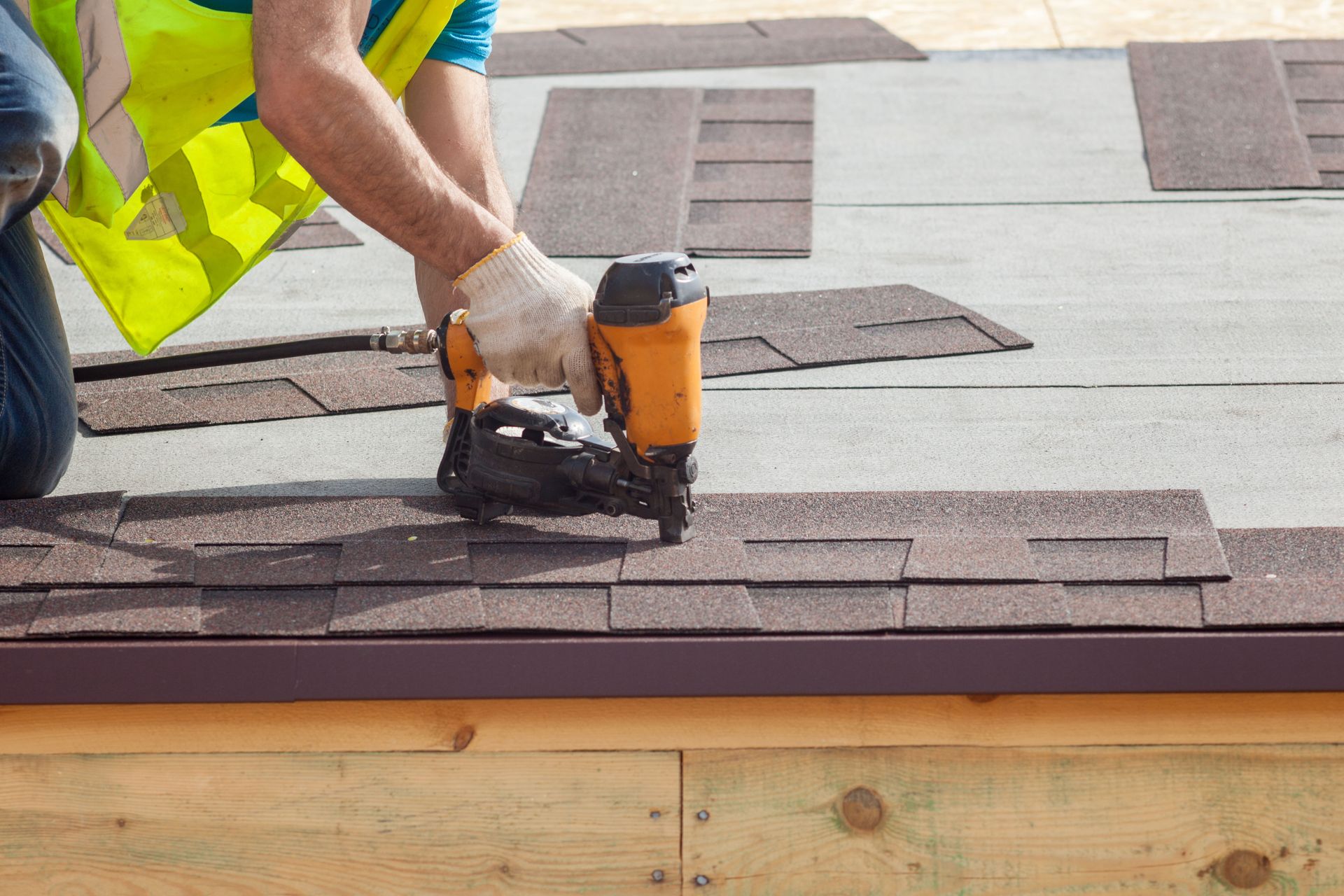

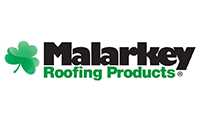


Share On: